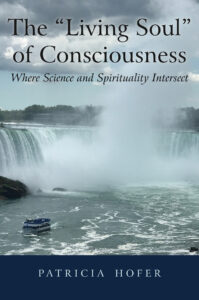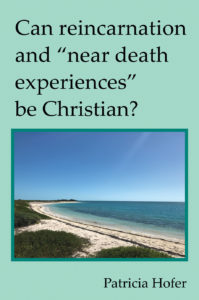God takes our side by sending His Son to save us.
Jan van Ruusbroec, a 14th century Flemish priest and mystic, wrote of our dual nature in his inspired treatise, The Spiritual Espousals. He called this imprint of one upon another a “meeting” where “the being and life that we are in God … is immediately and indivisibly united with the being and life that we possess in ourselves.” In the “higher part” of our being, wrote Ruusbroec, we receive “God with all his gifts,” and in “the lower part” we receive “corporeal images through the senses” (Dupré and Wiseman 188, 197). The challenge for us all, as I see it, is that, the “higher part” ever aspires to compassion and fearlessness while the “lower part” persistently resists that yearning, drawing us down into fear and greed, wrong motives and destructive desires. Most religions contain doctrines that relate, in some way, to this struggle.
But God, the Abba that Jesus came to show us, isn’t just watching us from afar, waiting to see if we win the battle between good and evil or lose it. Ever a loving Father, He is involved. God took a side, our side, when He sent His Son to save us. When we surrender the struggle to him, Christ lifts our heart out of its duality, making it pure and single of purpose. The Saviour frees us from the dark and the evil, from the hold that selfish instincts have on us. He does this not by improving these things but by replacing them, with more and more of his spirit in our hearts. (Turning Aside to See, chapter 59)


Leave a Reply